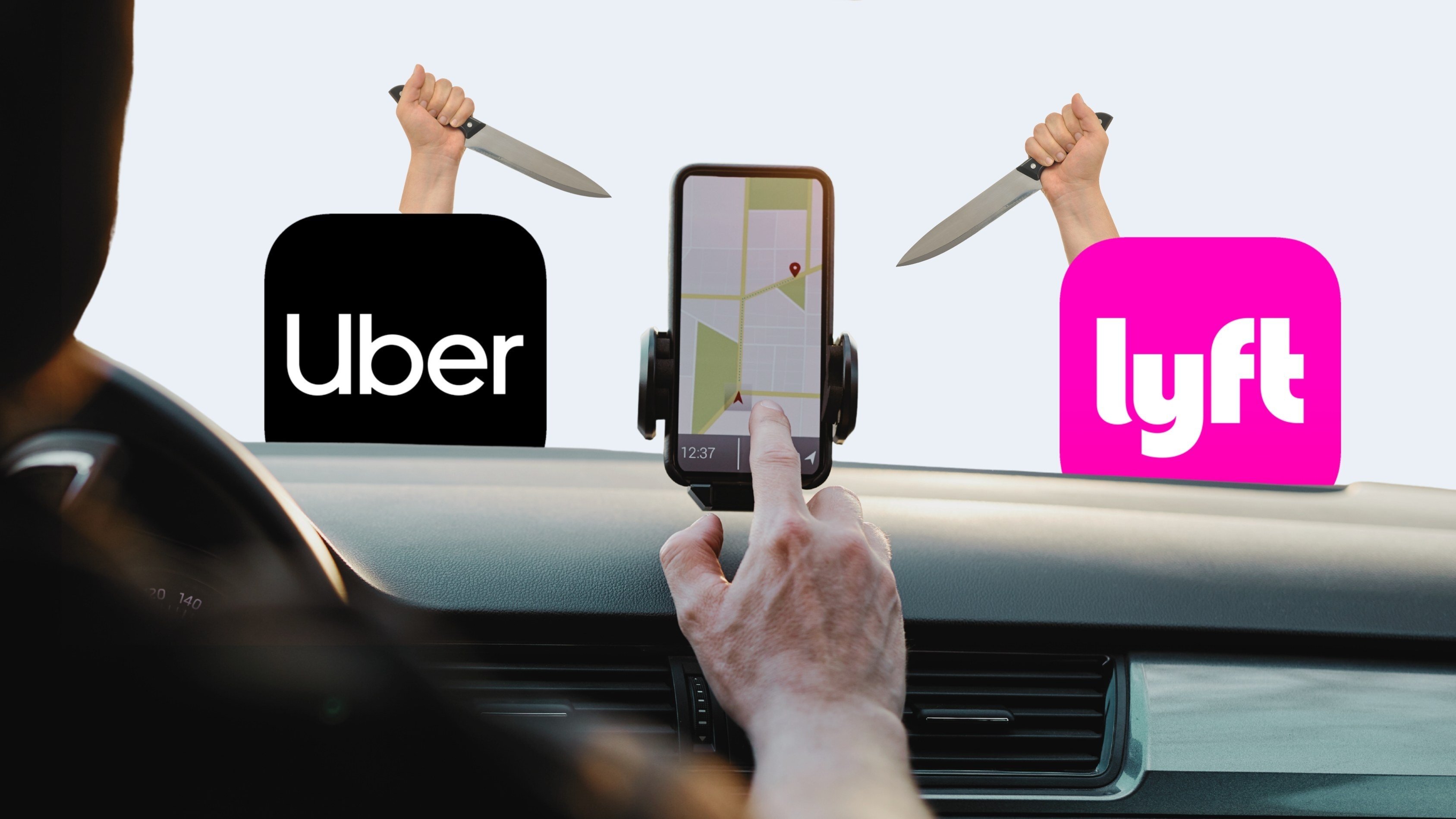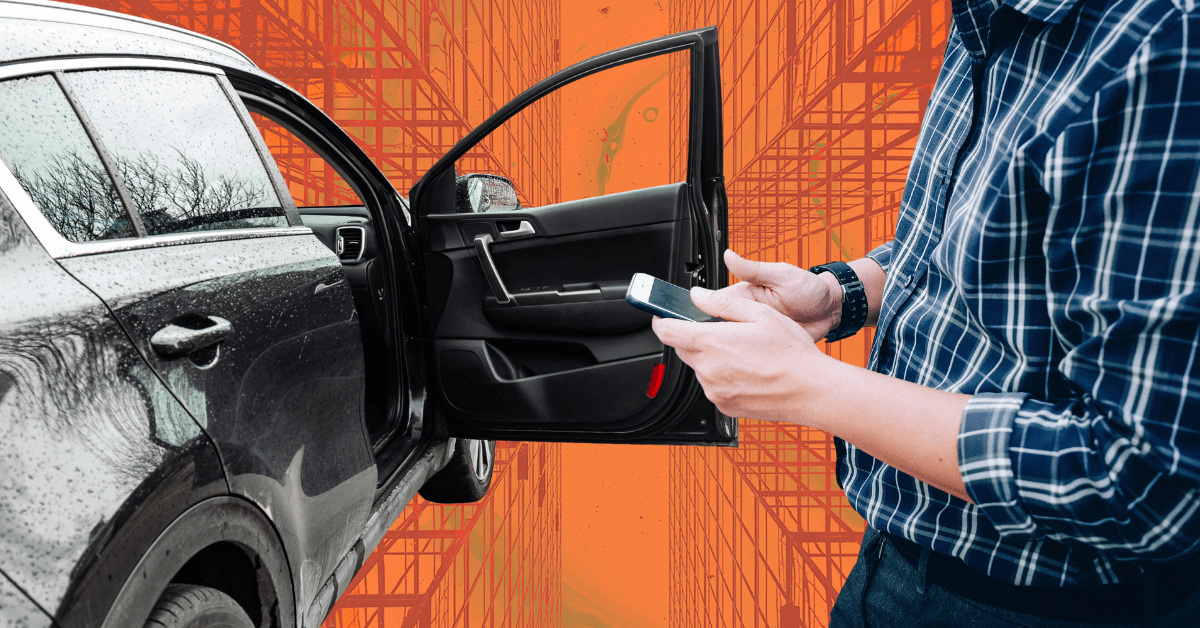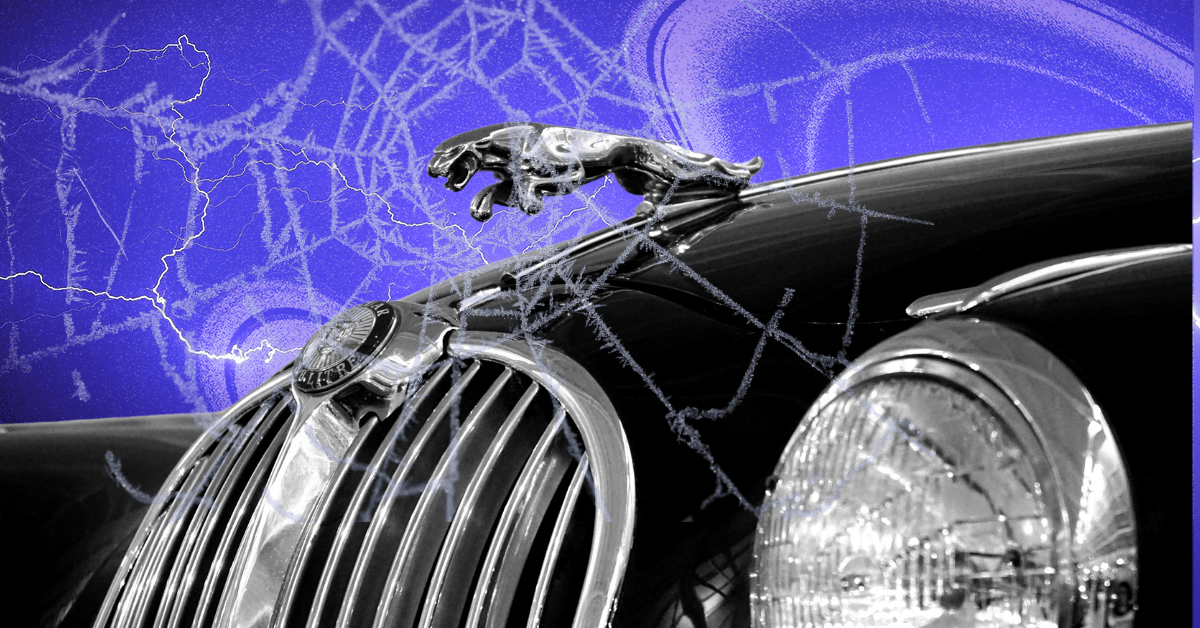
Scooter companies hope for a 2-wheeled revival — if they can survive long enough
The pandemic put scooter companies through hell on wheels, but they’re hoping to make a comeback.
Published:
Updated:
Need the full story?
Sign up for The Hustle to get the business world's wildest stories delivered daily. This one's on us.
Related Articles
-

-

Can a pair of headphones help you focus?
-

Is Uber’s new ‘bus’ doing more harm than good?
-

What will self-driving cars be like inside?
-

How did Waymos become the ethical tech trend?
-

The hum of a hundred helicopters
-

C’mon and ride the train
-

Meet the new Jag, nothing like the old Jag
-

Should we walk or hail an air taxi?
-

Travelers would pay more for better, beautiful bus stops


